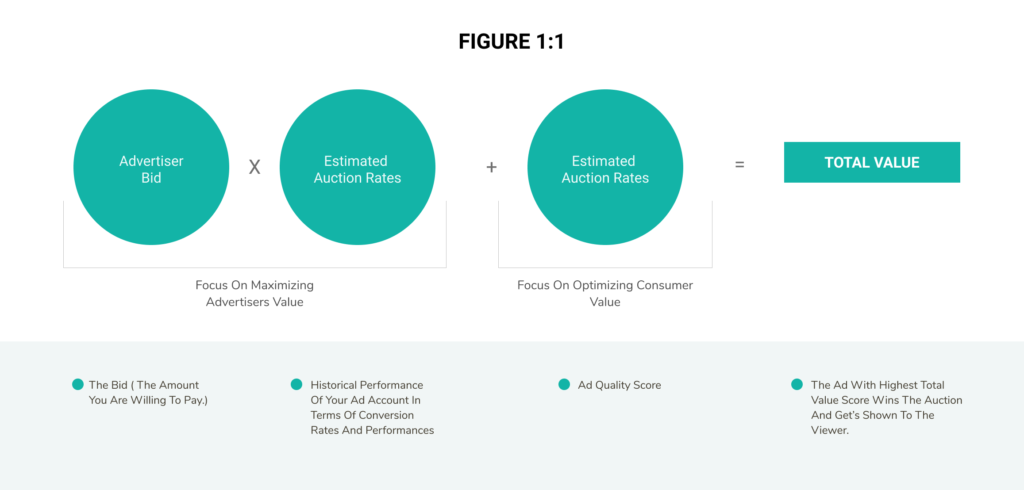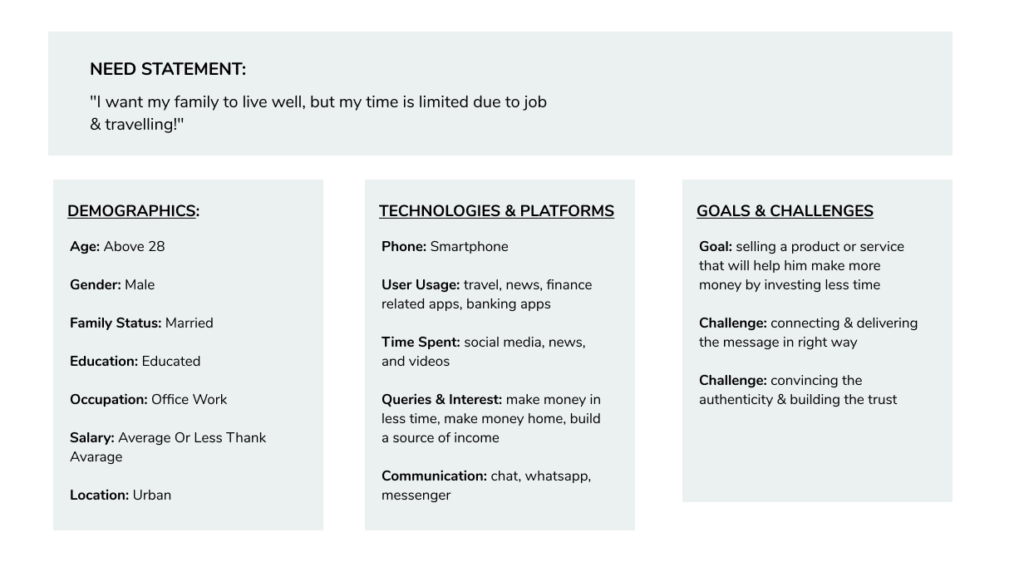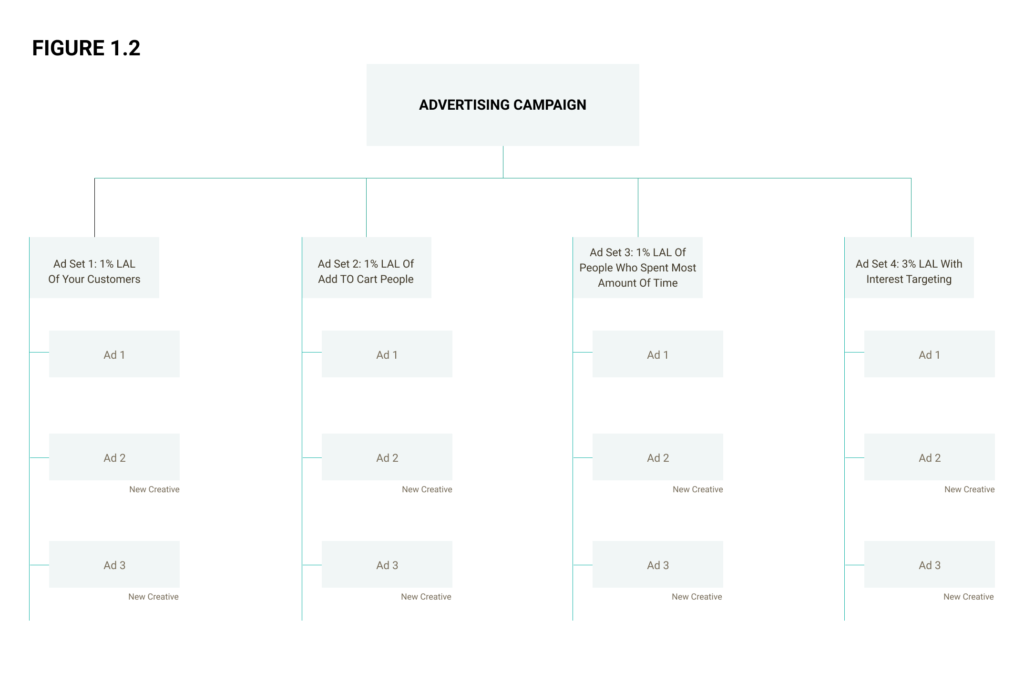Okay! If you’ve been blogging or offer any digital related services for a while, I am sure you must have at least tried running Facebook ads to promote your service or product once!
Now your ad might be a winner or just a money burner, it depends on several factors, but one major factor that influences the cost you get charged for your desired call to action is how well your ad performs in the Facebook Ad Auction!
You can effectively lower your CTA cost by optimizing your AD’s to perform better in Ad Auction. There are a few things that you can tweak & adjust to increase your chances of winning the Facebook Ad Auction.
I’ll be sharing those tweaks & hack with you, but before you get ready for action, try to understand what is Facebook Ad Auction & How does it work?
What’s Facebook Ad Auction?
How Does It Work?
How To Win The Ad Auction To Get Better Results At a Lower Cost?
I’ll be answering all these questions with simple examples to make it easier for you to understand why it’s important and how it can help you to get better results at a lower cost.
What’s Facebook Ad Auction?
Every single ad that gets served to a user through Facebook & Instagram goes through an auction. This auction is an opportunity for advertisers to compete with each other to win the chance to show an ad impression to someone at a lower cost.
To win at Facebook Ad Auction you need to understand how does the Facebook ad auction works?
I just revealed a secret to you, which most advertisers don’t talk about and like to keep it hidden.
“If you understand the algorithms, factors that play a key role behind the ad auction well enough to increase the probability of winning the ad auction you are bound to get better results at a lower cost.”
Some advertisers do better than others because they have spent a great amount of time and effort to understand the ad auction well enough to win it. They have found ways to increase their chances of winning at the auctions to reach more people at a lower cost.
How Does The Facebook Ad Auction Works?
Facebook has an AI-based algorithm that always focuses on creating and maintaining the balance between providing value to the advertisers as well as to people.
For advertiser Facebook algorithms always focus on delivering the ad to the right people at an optimized cost and delivering the best possible results.
For a user, Facebook algorithms focus on staying relevant, interest-based, and action-oriented to avoid hampering the user experience.
Every advertiser that’s going to the ad auction gets a score based on multiple factors, and that score is known as Total Value Score.
To win an ad auction, you need to get the highest total value score.
So, how does Facebook determine the total value score for an advertiser?
Please check the image (Figure 1:1)

Advertiser Bid:
This factor is complete decided by the advertiser, and it simply means how much you are willing to pay to show your ad to the target audience.
EAR (Estimated Auction Rate):
Facebook assigns a score to advertisers who enter an auction-based on the historical & current conversion rates and campaign performance that is called the Estimated Auction Rate.
To simplify it, if your past campaigns have done well then Facebook considers that factor in auction giving you a better chance to win the auction.
Now, one thing you should be very careful and always pay attention to is conversion rates, because if your conversion rates are inadequate in the past and you’ve not done anything about it, then the effect of it will be carried forward by Facebook, and your current campaigns will be affected by it too.
The only way to beat this is to optimize your campaigns to get better conversion rates or action rates.
AD Quality Score:
The ad quality score is the way of making sure that Facebook delivers value to users in terms of ads. Facebook collects tons of factors to determine that the user will like a specific ad or not. The factors are CTR, VTR, Engagements, negative impressions, frequency, and many other factors.
The best way to get a high AD quality score is to target your audience well. When your audience is well researched and thought then it’s more likely that they will interact with your ad in a positive way thus giving you a high user value score.
When you combine all these factors you get the Total Value Score and this score is what determines that you win or lose the auction.
Now one key aspect I’d like to mention here! If you pay attention to formula you will notice that only one factor is about the money, and the rest of all is somehow related to providing value to the user, so there’s an opportunity to get better results without spending a lot.
How do you win the ad auction?
There are a few things that you can do to win the Facebook ad auction:
1- Bid close to the actual value of your product. If one sale is worth $15 to you then bid somewhere close to it.
2- I’d always suggest testing the response of your ad creatives and copies by making few alterations for two or three days before you go full scale. It’ll help you to be certain about the ad copy and creative that you are using is relevant to the target audience.
3- Target the right set of audiences with attention-grabbing creative to improve your user experience score. I’d suggest trying to break down the need statement for your audience well to create an actual buyer persona.
4- Don’t set too many constraints on the campaign, the narrow your audience gets, the less auction you will be able to take part. If you are taking part in lesser auctions, then you end up paying higher amounts. So focus on targeting people who matter to you, but factor in the scalability and other similar audiences.
5- Focus on getting better conversion rates and action rates for your campaigns! One of the best ways to achieve this if by using Lookalike audiences to advertise.
What Is A Need Statement?
To effectively create a buyer person or audience persona, you need to understand the problem you are attempting to solve, and you need to be able to back it up. A need statement drives the complete process of drafting the audience research and buyer persona. It defines the problem, describes the intent, and identifies the opportunities.
“A Needs Statement provides sufficient information to layout the audience characteristics and justify the decision of whether you should move forward or not.”
In short, need statement should answer a few questions like, “What is the problem?”, “Who are the people suffering from the problem?” and “How do you know it’s a problem?”
By understanding the need statement you can layout very detailed audience characteristics or buyer persona.
For EX:

Once you’ve created the buyer persona, it becomes easy for you to create a few sets of audiences to test your ad campaigns initially to build on custom audiences and lookalike audiences for your major ad campaigns. The money is there!
Why look alike Audience Is So Important And Powerful?
To explain in simple words, You give Facebook a seed audience, and Facebook tries to find the people who are similar to your seed audience based on thousands of characteristics and behavior patterns.
For EX: If I give Facebook a list of my 100 best customers, that would be the seed audience for Facebook. By submitting the seed audience, I am telling Facebook to find me people who look like my seed audience.
The advertisers who perform well have their targeting strategies heavily based on the LookALike Audience. Lookalike targeting is most effective when you have a good seed audience of your buyers, subscribers, and visitors.
You can build a lookalike audience on many factors and key points.
- Lookalike audience of people who clicked on your ads and visited your site
- Lookalike audience of people who added to cart but didn’t buy
- Lookalike audience of people who have bought your product or service
- Lookalike audience of people who have spent the most amount of time on your site or watched most of your videos.
- Lookalike of your Instagram followers.
The higher the quality of your lookalike audience is the better result you are going to get later on.
Please go through figure 1.2 to understand a simplifies campaign structure based on a lookalike audience.

The Final Thoughts:
You would not like to go for a battle unprepared, right?
The same goes for Facebook & Instagram advertising. If you run your ad campaigns blindly and with less understanding about a few aspects, then you’d be drilling a big hole in your pocket.
To advertise efficiently, you need to understand a few factors:
1- Facebook Ad Auction (To get a lesser cost for your ads)
2- Your Audience And Need Statements
3- Why LookAlike Audience Is Best To Target
When you have a good understanding of the following aspect, you can optimize your campaign effectively to lower your cost and get better results.
If you have any questions related to Facebook Ad Auction & Lookalike Audience, feel free to ask them in the comment section.





